3D printers could print the future face of war
- By Travis Pike
Share This Article
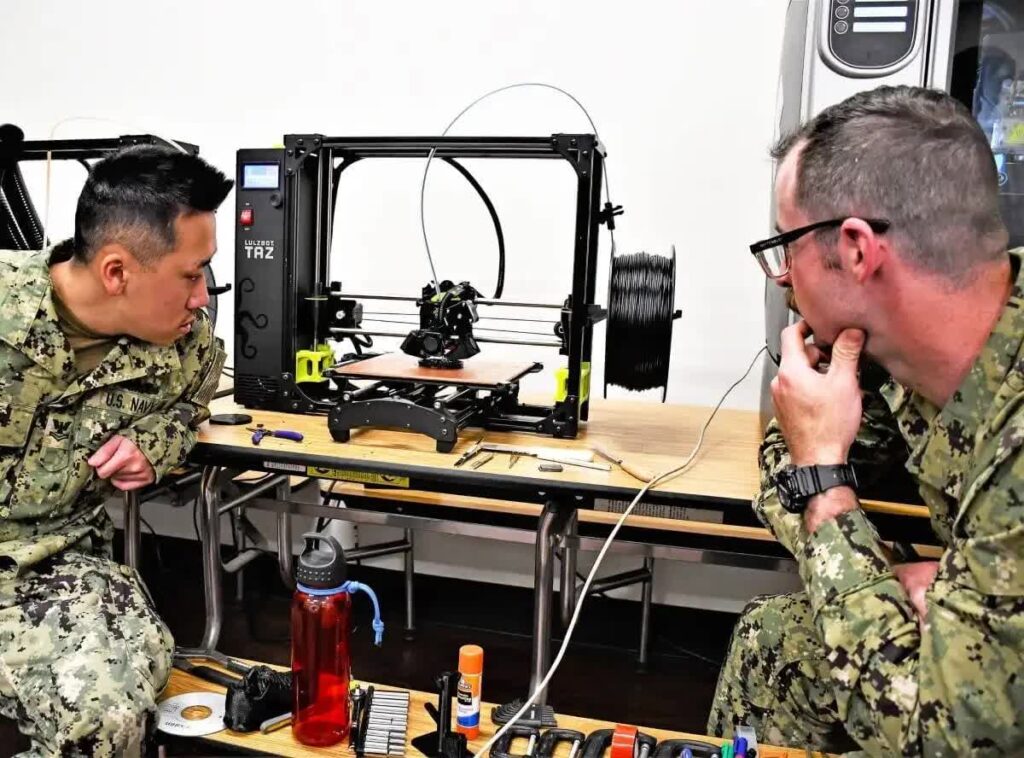
It can be fun watching a 3D printer print almost anything you can imagine right in front of your eyes – I printed a Brotherhood of Steel Paladin from the video game series Fallout on my first opportunity. 3D printers have expanded rapidly and are now affordable enough that for less than $200 you can buy a pretty decent hobby printer. But these printers have also entered the realm of warfare and might be set to change the game. How they’re used now could be a preview of what will come in the future.
In the Marine Corps, we often joked that the motto should be Semper Gumby, instead of Semper Fidelis. Semper Gumby means “always be flexible” and flexibility and the capability to adapt quickly and effectively are invaluable for any organization, but especially so for one that fights wars. A 3D printer offers a degree of flexibility that allows for quick adaptation and improvisation.
For the grunts in the audience, a 3D printer takes an elaborate computer file and turns it into a three-dimensional product. These printers vary in size and style and can print in a variety of materials, including concrete. 3D printers, printers can take up entire garages and can print boats, and more.
The defense industry already uses 3D printers to prototype and produce individual parts or systems. However, 3D-printed items are also affecting the battlefield on the tactical level.
Military forces and 3D printers
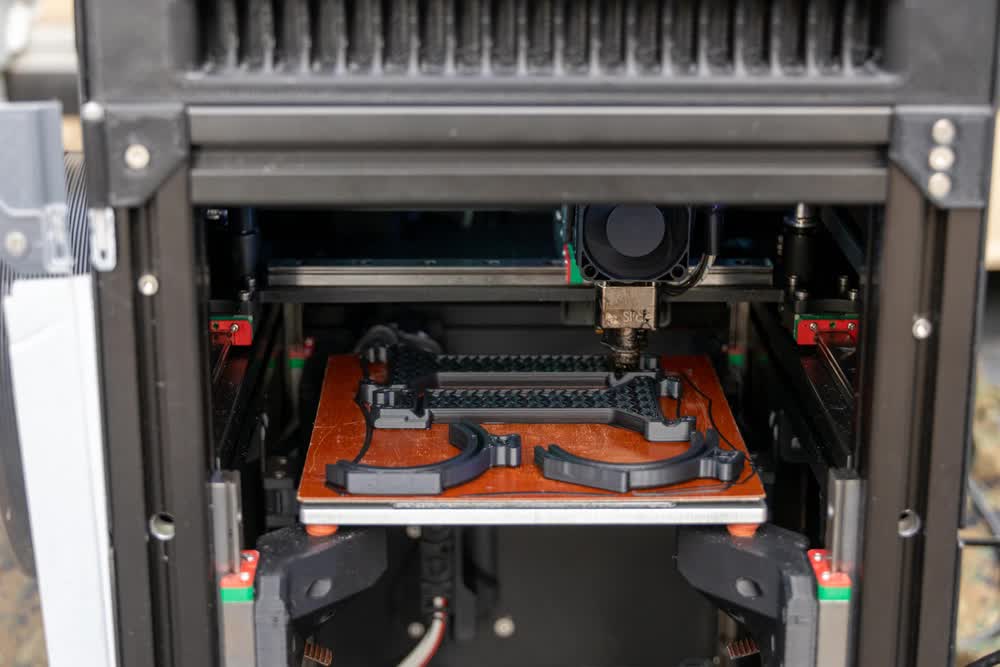
When the thingamabob on your MRAP breaks and it takes 12 weeks for the manufacturer to get you a new one, you have a problem. However, if you can replicate it, print it, or find a fix on the battlefield, then you’re ahead of the curb. To do just that, the United States Army has established Expeditionary Labs. These self-contained labs occupy a simple 20-foot container. Inside, Soldiers utilize 3D printers, CNC machines, routers, welders, and more to rapidly produce military equipment parts.
Expeditionary Labs were used in Afghanistan and are being championed for future potential conflicts with Russia and China.
The Marine Corps is experimenting with the same technology and has used 3D printers of all sizes to produce everything from protective gear to bunkers, a reinforced concrete bridge, and a barracks room. The Corps has even equipped helicopters with 3D printers and in 2023 it successfully printed a medical cast aboard an airborne Marine Corps Osprey.
Related: DARPA is developing laser technology to transfer power all over the world
Printed materiel in warzones
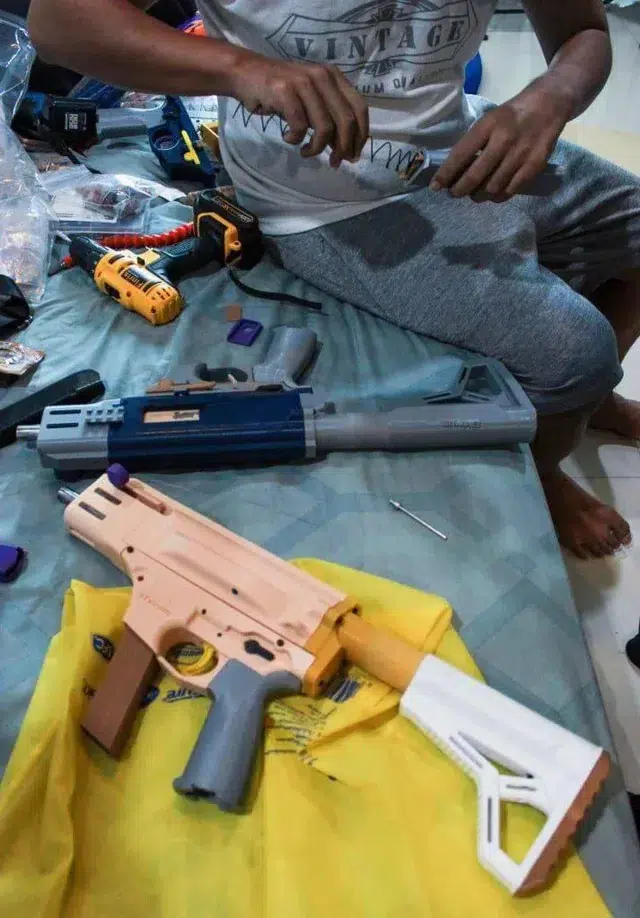
3D printers are also used to print firearms and, at this point, your standard hobby printer could print the majority of pieces for a gun – although those guns lack the durability of modern firearms.
Despite this disadvantage, printed guns have appeared in Myanmar’s civil war with the printed FCG design – a 9mm semi-auto platform – being fairly popular among the anti-junta resistance. Much like 80% lowers these guns require actual gun parts to finish.
In Israel’s West Bank, an Israeli patrol discovered several 3D-printed firearms on the West Bank; these included several Glock-like pistols, as well as what appeared to be a submachine gun. It was the first time 3D-printed weapons have been discovered in the West Bank and has caused concern for Israeli forces.
In the war in Ukraine, Ukrainian forces are using 3D printers to print the bodies of grenades that are filled with shrapnel and explosive material. They’re also printing stabilization fins for drone-dropped grenades.
Most modern Western military forces are also adopting the technology. For example, the French military has taken the same route and in the civil war in Mali, French forces experimented with 3D printers to produce replacement parts for broken equipment; and the British military wants to use 3D printers to manufacture parts and equipment.
Although I’ll stick to printing Dungeons and Dragons figurines, the technology will likely continue to improve and become even less expensive as time marches increasing its effect on the battlefield. Whether that will prove to be a good thing or not remains to be seen.
Read more from Sandboxx News
Related Posts
Sandboxx News Merch
-

‘Kinetic Diplomacy’ Bumper Sticker (Black)
$8.00 Add to cart -
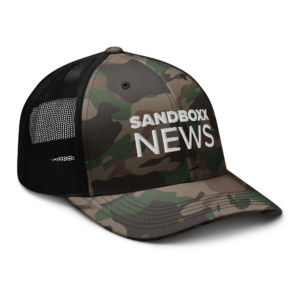
‘Sandboxx News’ Camo Trucker Hat
$29.00 Select options This product has multiple variants. The options may be chosen on the product page -
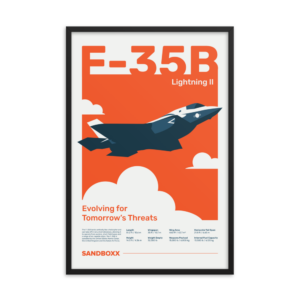
F-35 ‘Evolution’ Framed Poster
$45.00 – $111.00 Select options This product has multiple variants. The options may be chosen on the product page

Travis Pike
Travis Pike is a former Marine Machine gunner who served with 2nd Bn 2nd Marines for 5 years. He deployed in 2009 to Afghanistan and again in 2011 with the 22nd MEU(SOC) during a record-setting 11 months at sea. He’s trained with the Romanian Army, the Spanish Marines, the Emirate Marines, and the Afghan National Army. He serves as an NRA certified pistol instructor and teaches concealed carry classes.
Related to: Gear & Tech
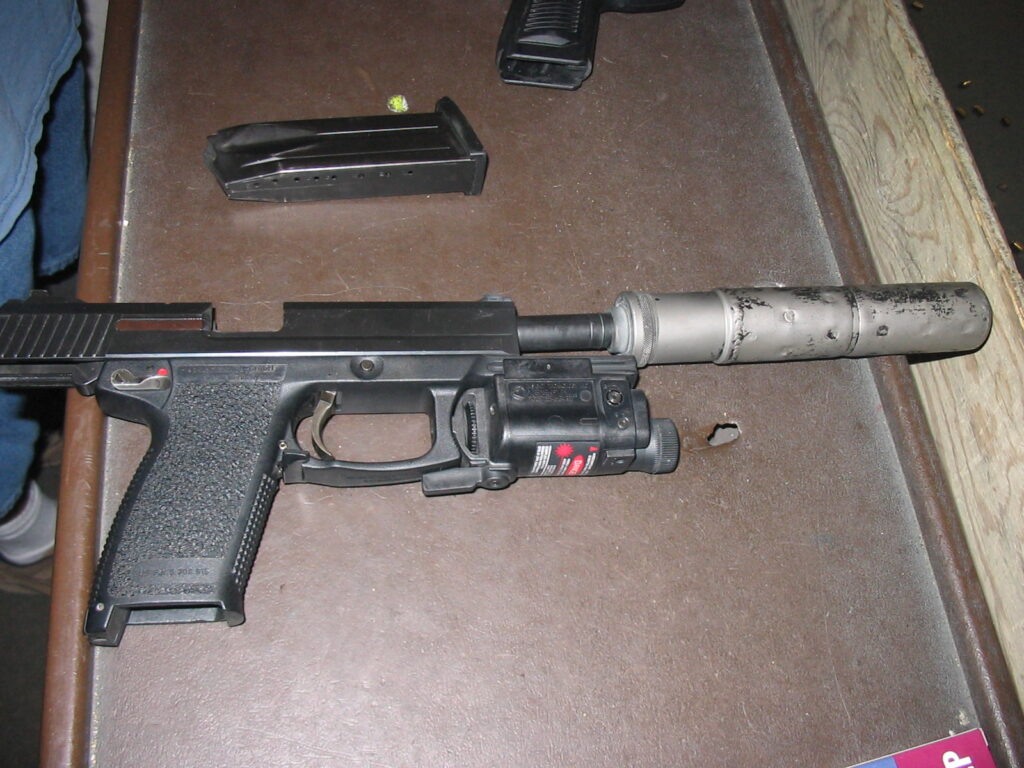
The HK MK23 built for SOCOM was the first and last offensive handgun
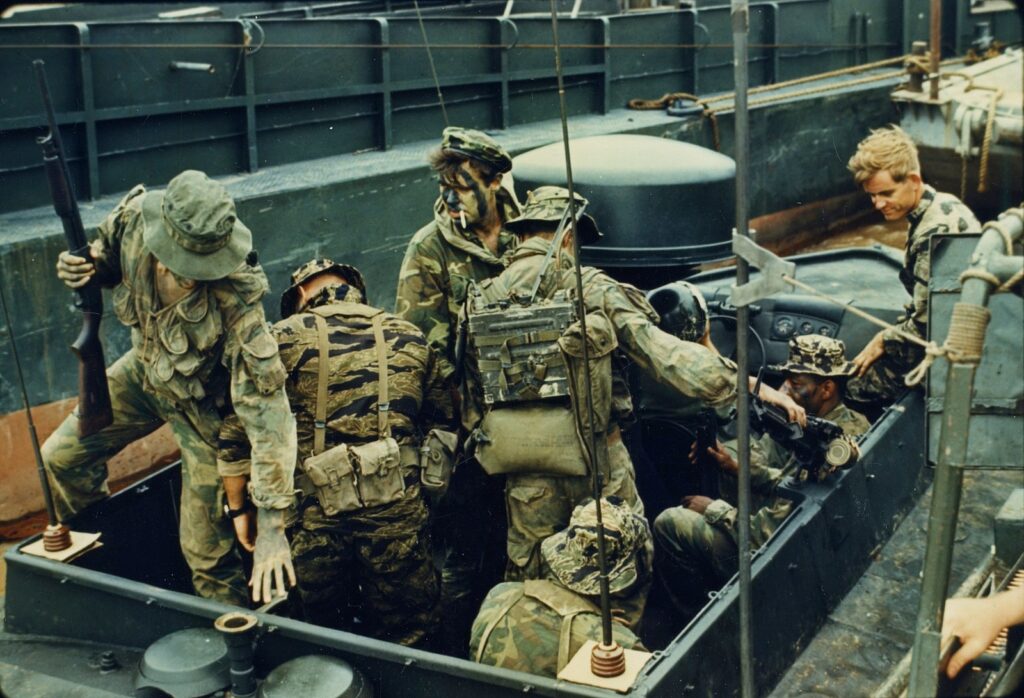
The slick custom shotgun carried by a Navy SEAL point man in Vietnam
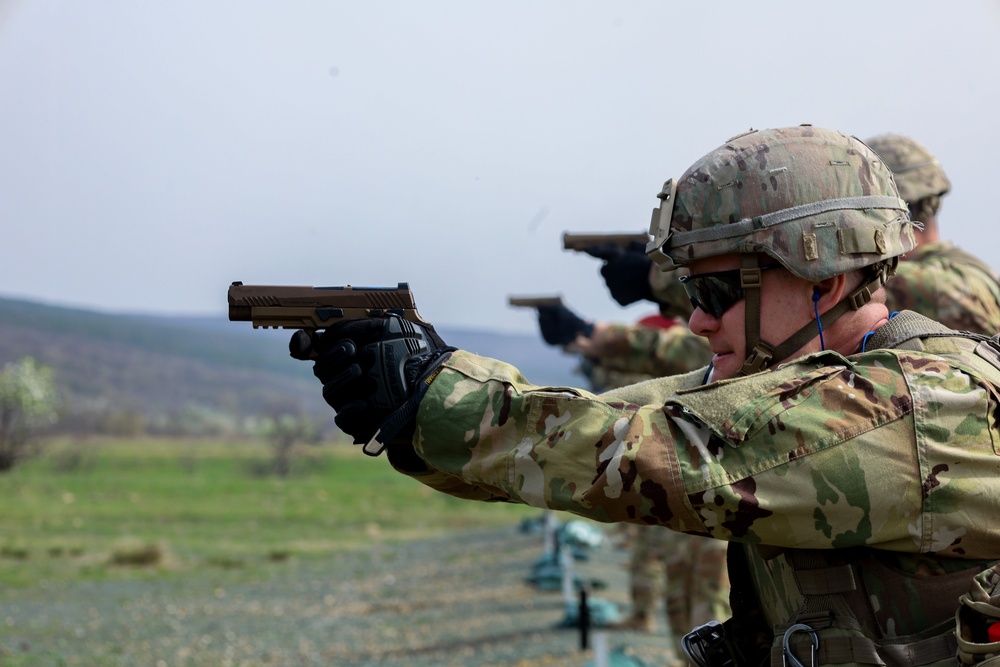
Are the Army’s old Beretta M9 and new SIG M17 pistols as similar as people think?

The Switchblade, loitering munitions, and the new terrifying face of warfare
Sandboxx News
-

‘Sandboxx News’ Trucker Cap
$27.00 Select options This product has multiple variants. The options may be chosen on the product page -

‘AirPower’ Classic Hoodie
$46.00 – $48.00 Select options This product has multiple variants. The options may be chosen on the product page -

‘AirPower’ Golf Rope Hat
$31.00 Select options This product has multiple variants. The options may be chosen on the product page -

‘Sandboxx News’ Dad Hat
$27.00 Select options This product has multiple variants. The options may be chosen on the product page
